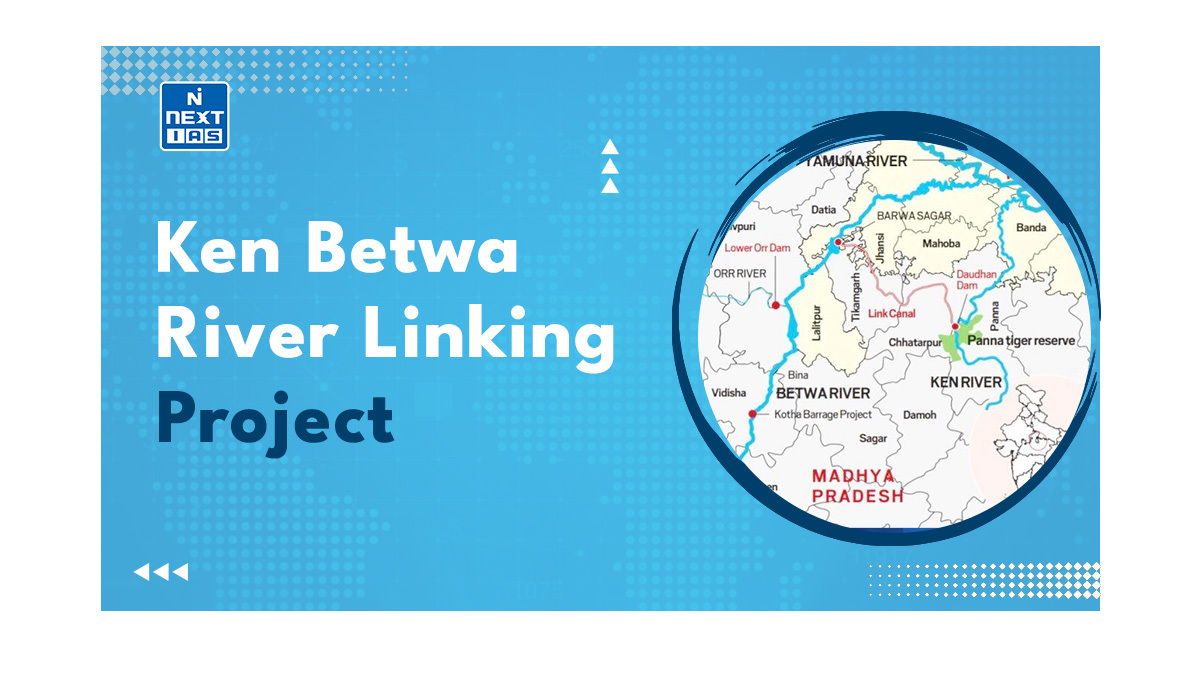
The Central Zoo Authority (CZA) plays a crucial role in protecting and conserving the wildlife in India. By promoting various conservation and breeding programs, it has played a vital role in protecting endangered species in India. This article aims to provide a comprehensive overview of the Central Zoo Authority (CZA), including its establishment, needs, functions, challenges, effectiveness and other related aspects.
About Central Zoo Authority (CZA)
- The Central Zoo Authority is a statutory autonomous body under the administrative control of the Ministry of Environment, Forests and Climate Change, Govt. of India.
- It was established in 1992 under the provisions of the Wildlife Protection Act, 1972.
- It has been established with the objective of enforcing minimum norms and standards for upkeep and health care of animals in Indian Zoos.
- It also oversees Zoo management and provides technical and financial support in times of need.
- Every zoo in the country must obtain recognition from the Authority for its operation.
- It evaluates the Zoo with reference to the parameters prescribed under the Rules and grants recognition accordingly.
| Wildlife Protection Act, 1972 (WPA, 1972) – The Wildlife Protection Act, 1972 (WPA, 1972) is an environmental legislation enacted by the Government of India to protect the country’s wildlife and their habitats. – It provides a legal framework for the conservation of various species of flora and fauna and regulates activities that could harm them. Read our detailed article on the Wildlife Protection Act, 1972. |
Establishment of Central Zoo Authority
- It was set up to tackle many problems, like the rampant proliferation of zoos without adequate plans or principles or even financial backing.
- India needed an organisation with an exclusive mandate to look after all the country’s zoos.
- Consequently, the CZA was formed, which helped in establishing many Zoos of international standards in the country.
Functions of Central Zoo Authority (CZA)
The major functions performed by it include the following:
- To specify the minimum standards for housing, upkeep, and veterinary care of the animals kept in a zoo.
- To evaluate and assess the functioning of zoos with respect to the standards or the norms as may be prescribed.
- To provide recognition and derecognition of zoos.
- To identify endangered species of wild animals for purposes of captive breeding and assign responsibility in this regard to specific zoos.
- Coordinate and implement training for zoo personnel inside and outside India.
- Coordinate research in captive breeding and educational programmes for the purposes of zoos.
- To provide technical and other assistance to zoos for their proper management and development on scientific lines.
- To conduct ex-situ research, including biotechnological intervention for species conservation to complement in-situ conservation efforts in the country.
Achievements of Central Zoo Authority
- It has performed its task meticulously and has helped India improve the overall quality of Zoos.
- With strong legislation and determined application, it has been able to close so many zoos, as those zoos were unable to meet the required criteria despite help, warnings, instructions, and a chance to improve.
- It has also been able to ensure the minimum standards for all aspects of animal management, including housing, husbandry and health care and evaluates zoos periodically on the basis of these standards.
Issues with Central Zoo Authority
- Though CZA emphasises the importance of Zoo education, it has not been able to force Zoos to disseminate Zoo education.
- Very few Zoos have established ‘Zoo Cells’, leaving India way behind other countries in doing the same.
- Zoo record keeping is important as it maintains a centralised database. However, this aspect remains poorly implemented in India.
Challenges Faced by Central Zoo Authority
The major challenges faced by it are as follows:
- Inadequate Infrastructure: Many zoos continue to struggle with outdated facilities and inadequate infrastructure, impacting the quality of animal care.
- Inadequate Training: India also lacks properly trained zoo and forest personnel.
- Resource Constraints: Limited financial resources and funding can hinder the implementation of conservation programs and the maintenance of zoos.
- Compliance Issues: Ensuring consistent compliance with standards across all zoos can be challenging, particularly in remote or poorly managed facilities.
Way Forward
- It would not be suitable for CZA to fund education for all the country’s zoos for all time, but considering the crucial importance of this area and the rate at which other countries with less funded zoos are improving, something could be done for this neglected area.
- Capacity building with emphasis on extensive training to the forest officials will play a key role in improving the Zoo.
- India needs to understand the importance of centralised record-keeping and must find a way to do the same.
- Joining the International Species Information System (ISIS) can help in this regard.
- Most countries, including Nepal and Sri Lanka, have joined the International Species Information System (ISIS), which has over 600 member zoos globally.
- ISIS keeps a record of all member Zoos and provides the same if needed by any member zoos.
- However, for some reason, India has stayed away from the ISIS.
Conclusion
The Central Zoo Authority (CZA) plays a vital role in the management and conservation of zoos in India. As India continues to progress in wildlife conservation, the CZA’s efforts remain essential in ensuring that zoos contribute positively to the preservation of biodiversity and the education of the public. Addressing the challenges it faces is crucial for enhancing its effectiveness and achieving its conservation goals.
Frequently Asked Questions (FAQs)
Is the Central Zoo Authority a statutory body?
Yes, the CZA is a statutory body, established under the provisions of the Wildlife Protection Act, 1972.
Who heads the Central Zoo Authority?
The ex-officio chairperson of the CZA is the Union Minister for Environment and Forests.






